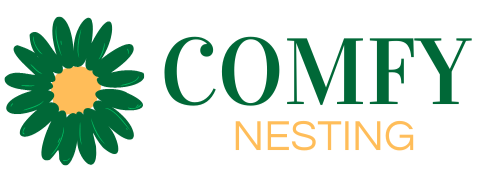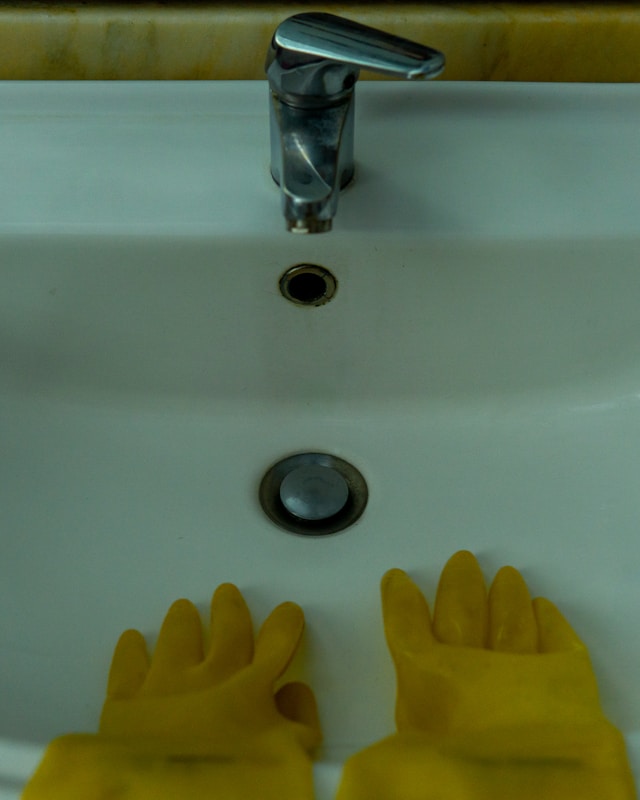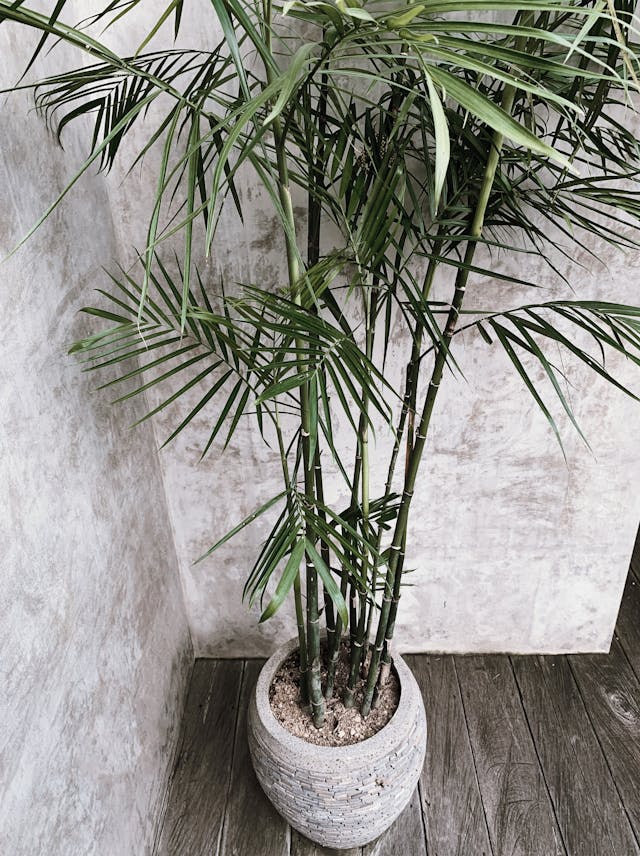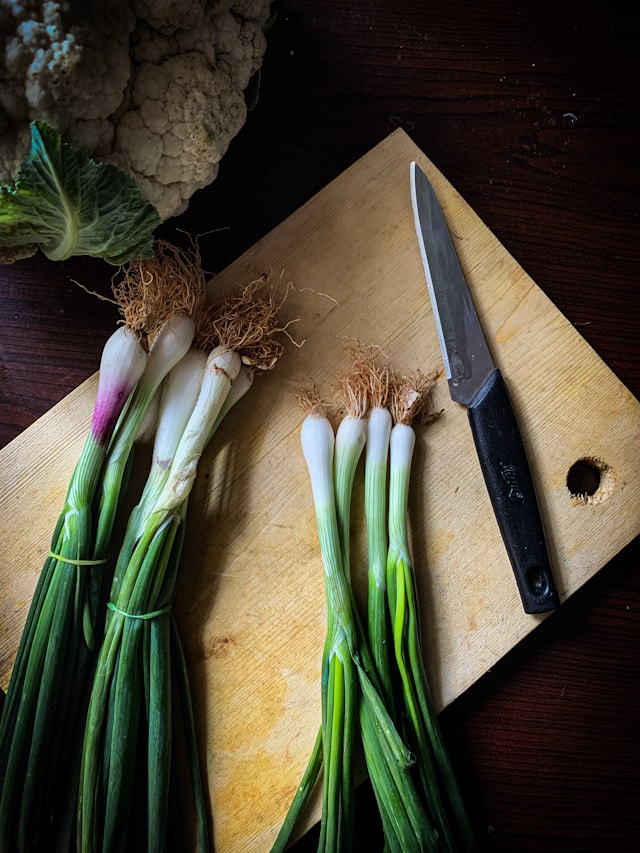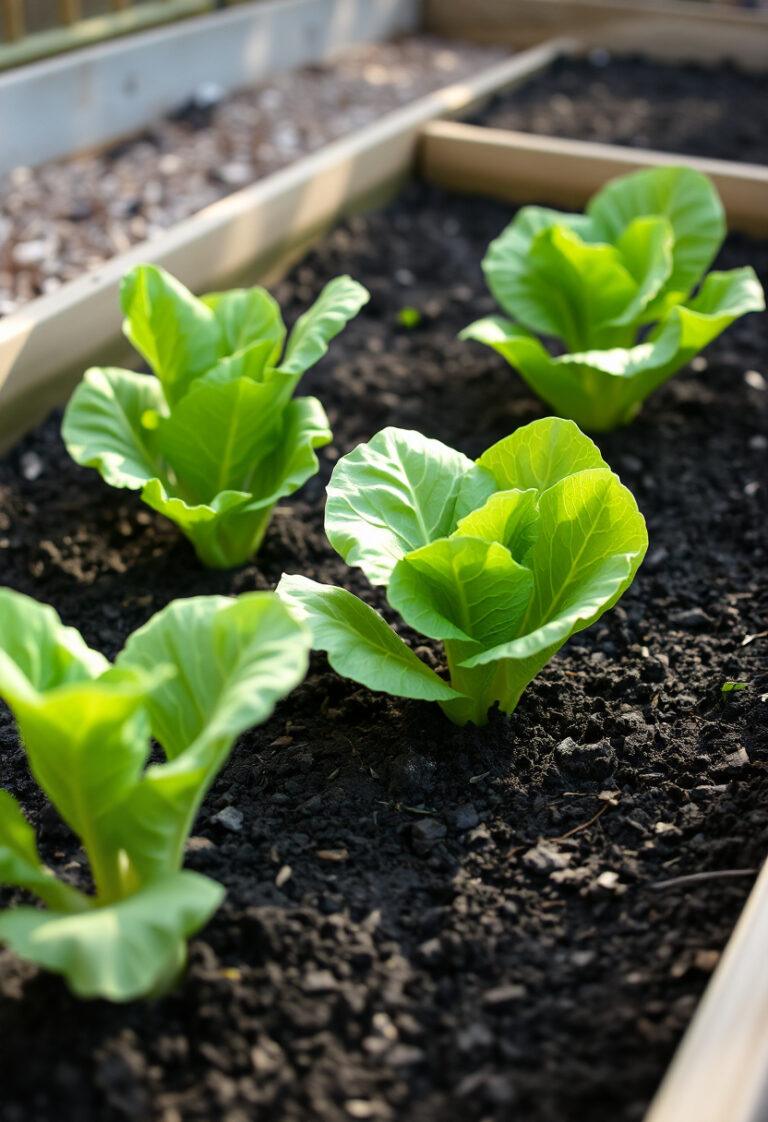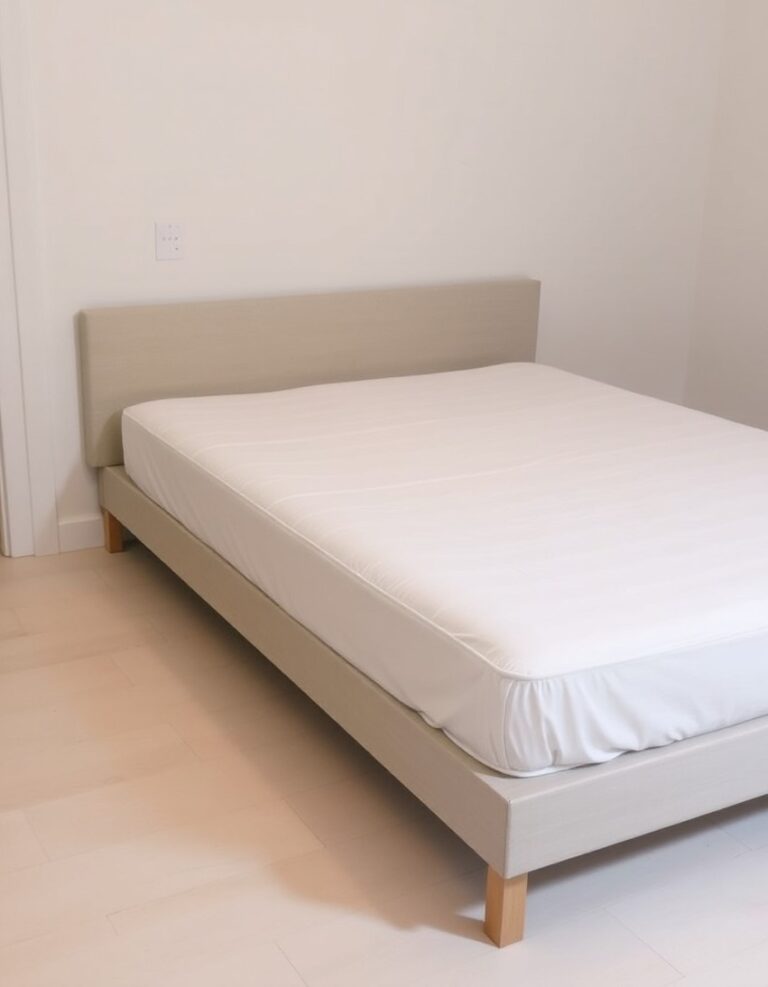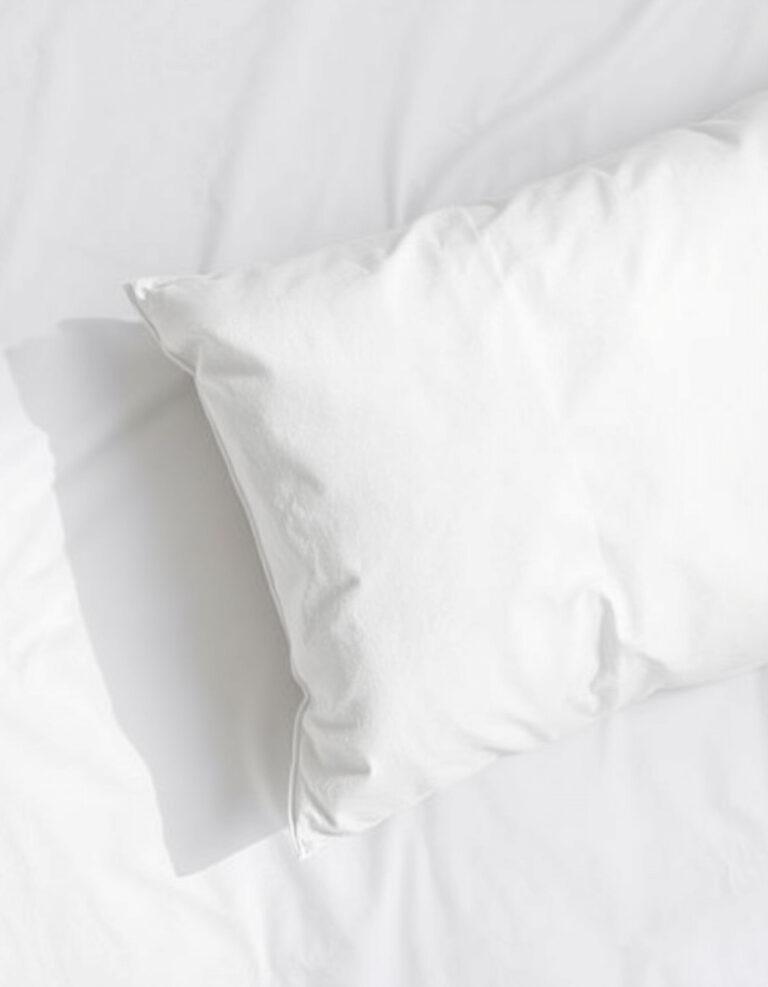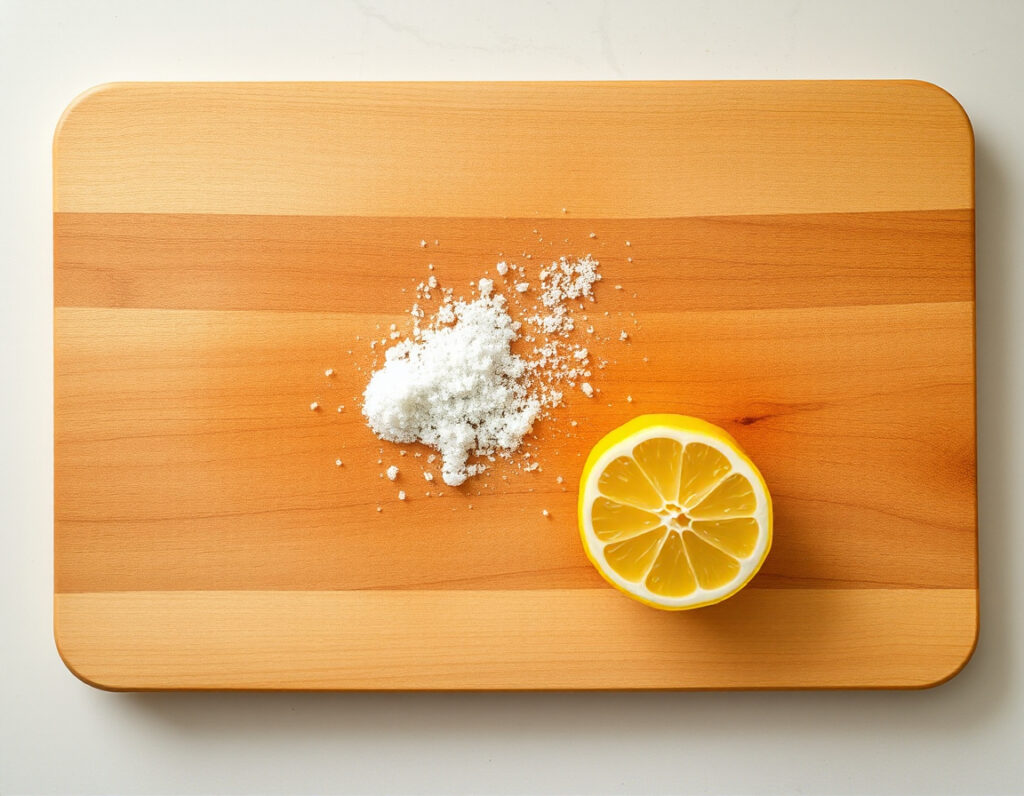
Keeping your cutting boards clean and sanitized is essential for food safety, but you don’t always need harsh chemicals to achieve proper hygiene. Learning how to sanitize cutting boards using natural ingredients like salt and lemon can be both effective and environmentally friendly. This traditional cleaning method has been used for generations and remains one of the most reliable ways to maintain your kitchen tools.
Why You Need to Sanitize Cutting Boards Regularly
Cutting boards are breeding grounds for bacteria, especially after preparing raw meat, fish, or poultry. Cross-contamination can occur when harmful bacteria transfer from one food to another, potentially causing foodborne illnesses. Regular sanitization helps eliminate these microorganisms and keeps your kitchen safe.
Wood and plastic cutting boards each present unique challenges. Wooden boards can harbor bacteria in their porous surface, while plastic boards may develop knife cuts where germs can hide. Both materials benefit from proper sanitization techniques.
The Science Behind Salt and Lemon Sanitization
The combination of salt and lemon creates a powerful natural sanitizer. Lemon’s citric acid has antimicrobial properties that can kill many types of bacteria and viruses. The acidic environment (pH around 2.0) makes it difficult for harmful microorganisms to survive.
Salt acts as an abrasive that helps scrub away food particles and bacteria while also drawing out moisture from microbial cells through osmosis. When combined, these ingredients create an effective cleaning solution that can sanitize cutting boards without toxic chemicals.
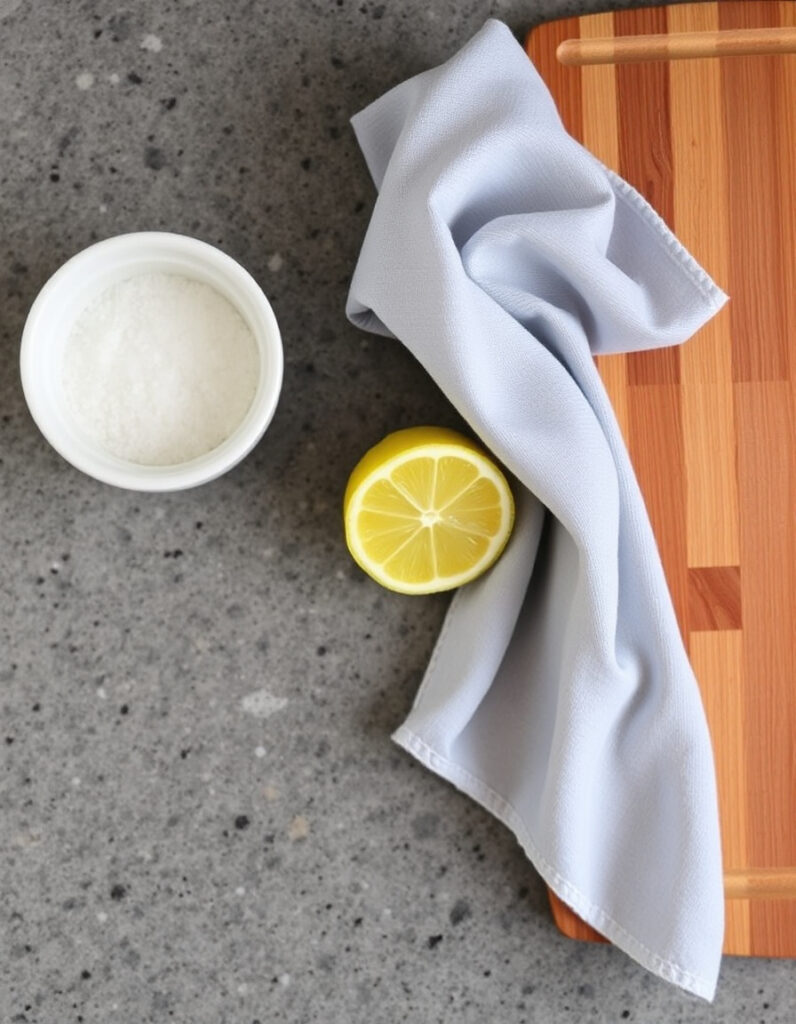
Step-by-Step Guide to Sanitize Cutting Boards with Salt and Lemon
Materials Needed:
- 1 fresh lemon (halved)
- 2-3 tablespoons of coarse salt
- Clean cloth or paper towels
- Warm water
Instructions:
- Remove food debris: Scrape off any visible food particles and rinse the cutting board with warm water.
- Apply salt liberally: Sprinkle coarse salt evenly across the entire surface of the cutting board, focusing on stained or heavily used areas.
- Use lemon as a scrubber: Take a lemon half and use it as a natural scrubbing tool. Press firmly and rub in circular motions across the salted surface for 2-3 minutes.
- Let it sit: Allow the salt and lemon mixture to remain on the board for 5-10 minutes to maximize antimicrobial action.
- Rinse thoroughly: Wash away all salt and lemon residue with warm water, ensuring no particles remain.
- Dry completely: Pat dry with a clean cloth and allow the board to air dry completely before storing.
Additional Benefits of This Natural Method
Beyond sanitization, this method offers several advantages. Lemon naturally deodorizes cutting boards, eliminating strong odors from onions, garlic, or fish. The citric acid also helps remove stains and discoloration that can develop over time.
This technique is particularly beneficial for wooden cutting boards that shouldn’t be soaked in water or placed in dishwashers. The natural oils in lemon can help condition the wood while cleaning it.
Simple Tips for Maintaining Cutting Boards
To sanitize cutting boards effectively, establish a regular cleaning routine. Clean boards immediately after use, especially after preparing raw proteins. Use separate boards for different food types to prevent cross-contamination.
Replace cutting boards when they show excessive wear, deep grooves, or persistent odors that cleaning cannot eliminate. Plastic boards typically last 1-2 years with regular use, while quality wooden boards can last much longer with proper care.
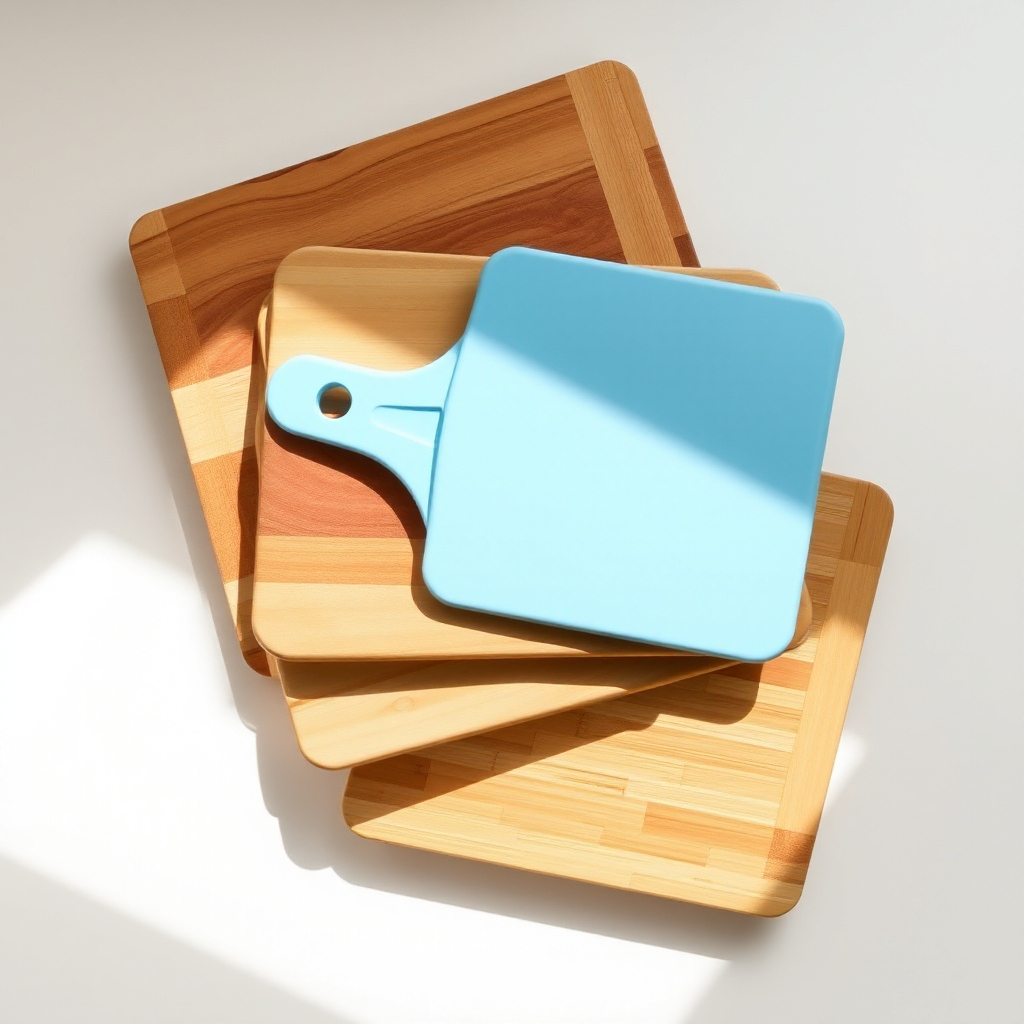
When to Use Alternative Sanitizing Methods
While salt and lemon work well for routine cleaning, certain situations require stronger sanitization. After preparing raw chicken or other high-risk foods, consider using a diluted bleach solution (1 tablespoon per gallon of water) for maximum safety.
Commercial sanitizers specifically designed for cutting boards may be necessary in professional kitchens or when dealing with contamination concerns. Always follow manufacturer instructions and ensure proper ventilation when using chemical sanitizers.
Maintaining Different Types of Cutting Boards
Wooden cutting boards benefit from monthly conditioning with food-grade mineral oil after sanitization. This helps prevent cracking and extends the board’s lifespan. Avoid soaking wooden boards or using excessive moisture.
Plastic cutting boards can handle more aggressive cleaning but may require replacement more frequently. Check regularly for deep cuts or scratches that could harbor bacteria even after sanitization.
Safety Considerations
Always wash your hands thoroughly before and after handling cutting boards. Store boards in a dry location with good air circulation to prevent mold growth. If you notice any signs of mold, warping, or persistent odors, replace the cutting board immediately.
Never use the same cutting board for raw meat and ready-to-eat foods without proper sanitization between uses. Color-coded boards can help prevent accidental cross-contamination in busy kitchens.
Questions & Answers
How often should I sanitize cutting boards with salt and lemon?
Sanitize cutting boards after each use, especially when preparing raw meat, poultry, or fish. For general vegetable preparation, a thorough cleaning with salt and lemon once or twice per week is sufficient. Deep sanitization should occur weekly for frequently used boards.
Is this method safe for all types of cutting boards?
Salt and lemon sanitization works well for wood, plastic, and bamboo cutting boards. However, avoid this method on natural stone boards like marble or granite, as the citric acid can damage these surfaces. Glass cutting boards can be cleaned this way but may not require it since they’re naturally non-porous.
How do I know if my cutting board is properly sanitized?
A properly sanitized cutting board should have no visible food particles, stains, or strong odors. The surface should feel smooth and clean to the touch. If persistent odors or discoloration remain after multiple treatments, the board may need replacement or professional deep cleaning.
Can I combine salt and lemon with other natural sanitizers?
Yes, you can enhance this method by adding white vinegar for extra antimicrobial power. However, avoid mixing with baking soda, as it neutralizes the acid in lemon. Essential oils like tea tree or thyme can add antimicrobial properties, but use sparingly and ensure they’re food-safe.
What type of salt works best for cutting board sanitization?
Coarse sea salt or kosher salt work best because their larger crystals provide better abrasive action. Table salt can be used but is less effective at scrubbing. Avoid flavored or iodized salts, as additives may leave residues or affect the cleaning process.
How long does it take for this method to kill bacteria?
The antimicrobial action begins immediately upon contact, but allowing the salt and lemon mixture to sit for 5-10 minutes maximizes effectiveness. Most common foodborne bacteria are eliminated within this timeframe, though some resistant strains may require longer exposure or additional sanitization methods.
